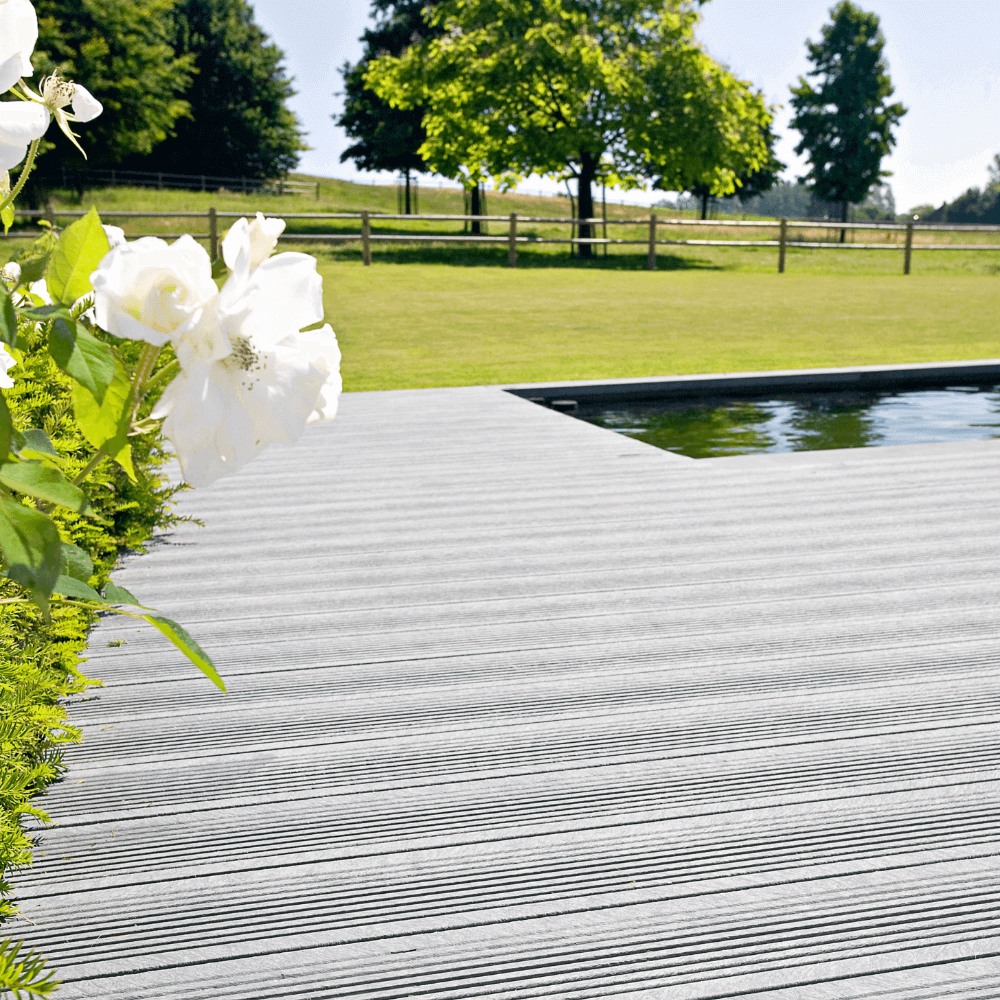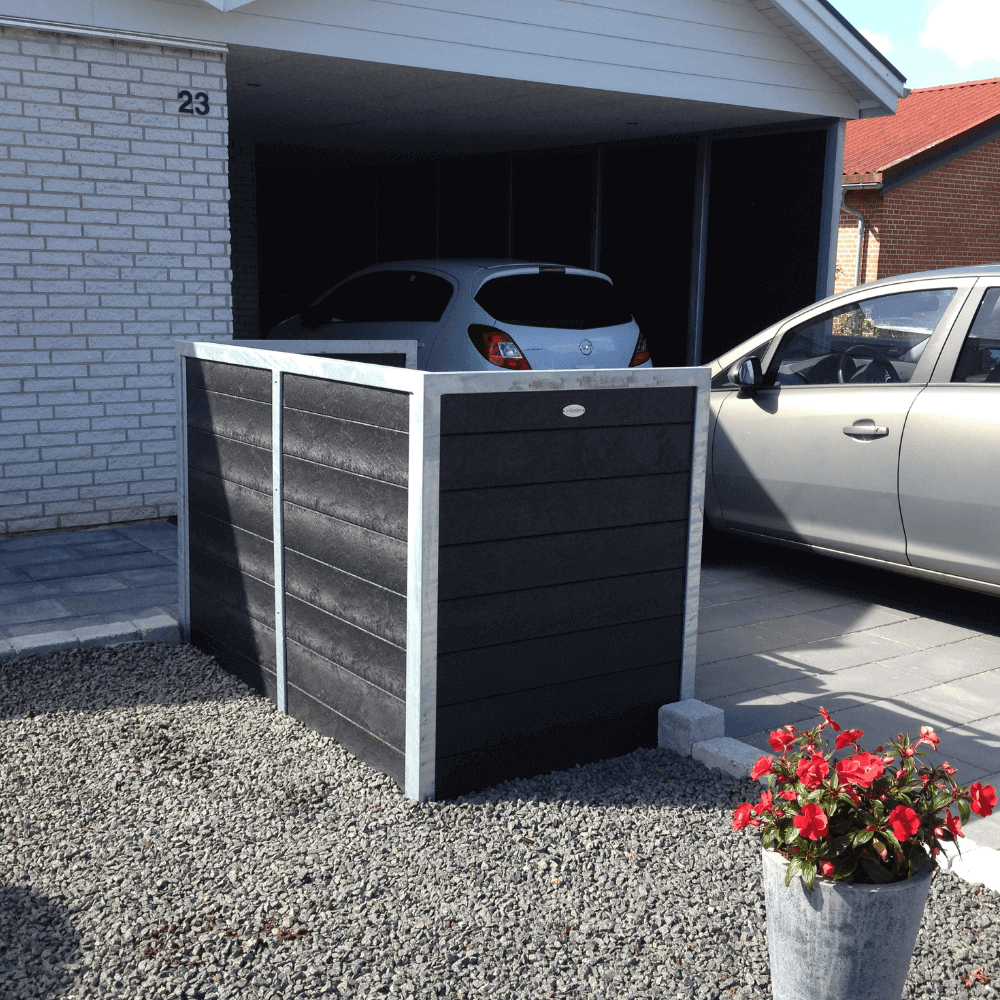Personal development goals for the 2018 season, Pkt. 1 (of several): to get better at it with parsley roots.
I have been fiddling with the vegetable now for 3 years, and I have not yet managed to hit the beautiful, peel-friendly conical shape quite often. Either they do not germinate, or they become very small and / or so wildly branched that I give them up before they reach the kitchen.
Despite the fact that only brand new seeds are used, the germination is not impressive. The seeds are soaked in water overnight so that the germination time is almost halved, which is only sown when the soil temperature is 12-15 °, and it is covered to prevent drying out. And yet one can experience that under half a row is sprouted.
However, those that germinate are often very small. Admittedly, they are not exactly spoiled, as they were seen sometime in April between the future double-stemmed peas, which will come into the ground during May. So even though they have a period in partial shade between the peas, they still get several months of growth in full sun. However, the bed is not very fertilized as the peas here are the most important thing - the parsley roots should just be a kind of side benefit - but maybe there should still be some more compost between the peas. Or watered at a time with liquid fertilizer.
In addition to the modest size, the branching seriously reduces the style character and usability.
I carefully tried to transplant the tiniest sprouted plants into holes in the row, and can now state that it was a pretty bad idea. But many other roots are just as branched. It can hardly be due to too much manure or stones in the soil, but perhaps a too late thinning can cause the remaining roots to be disturbed too much. And finally, there could theoretically be nematodes at stake. And probably other things that I have not thought about. There must be googles
Written by Peter Norris, on 16.11.2017








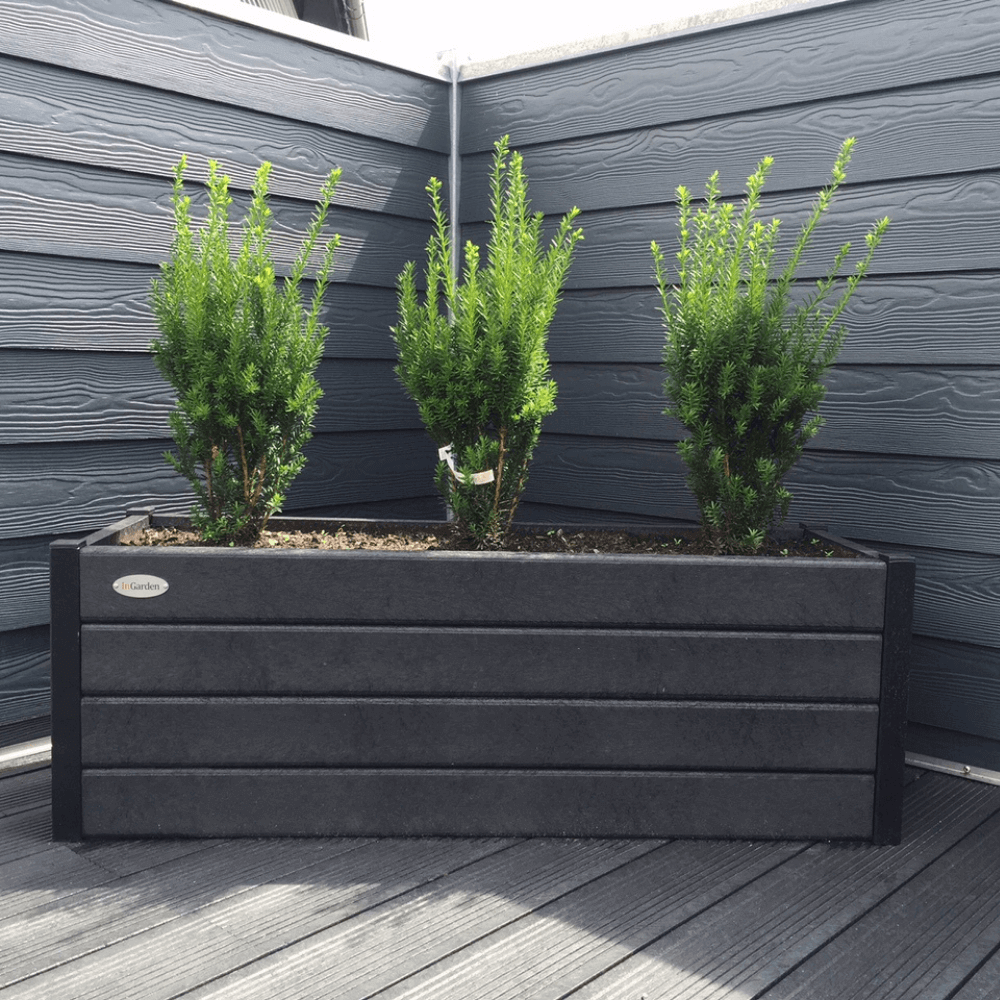
-1.backdrop.png)
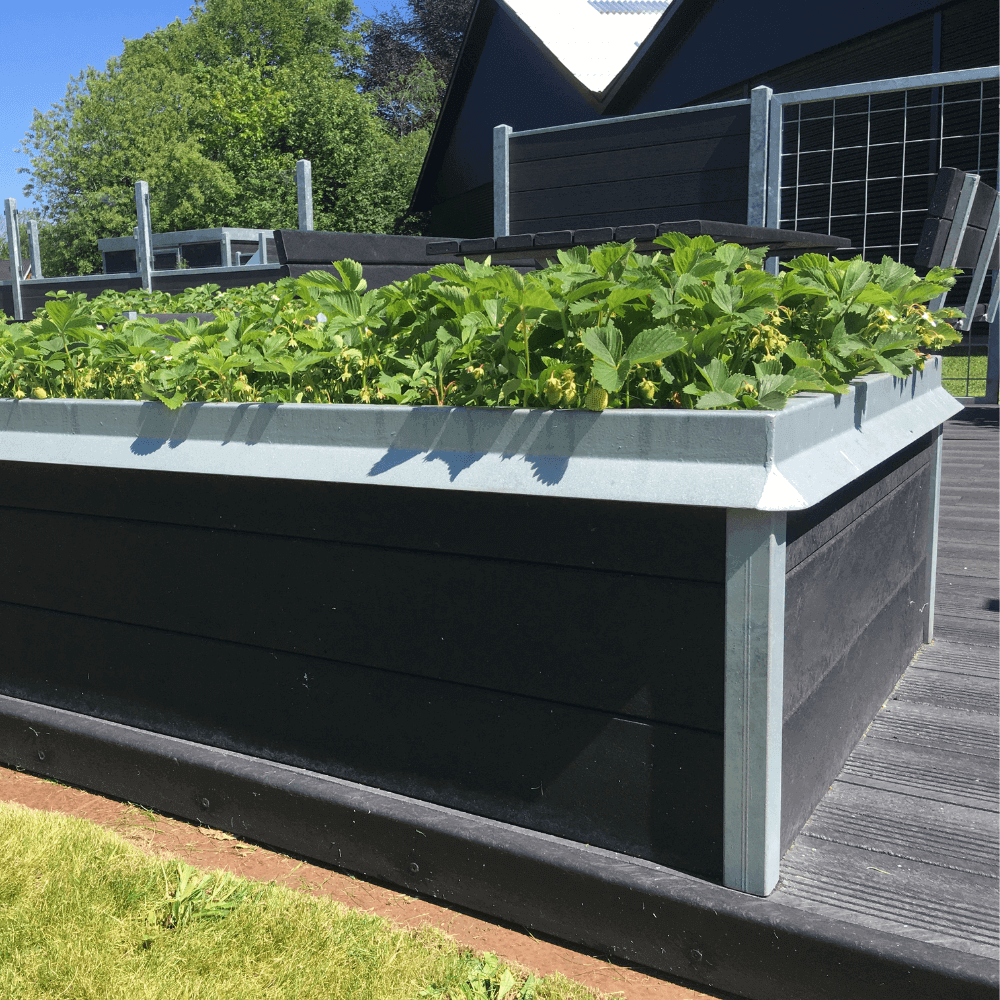
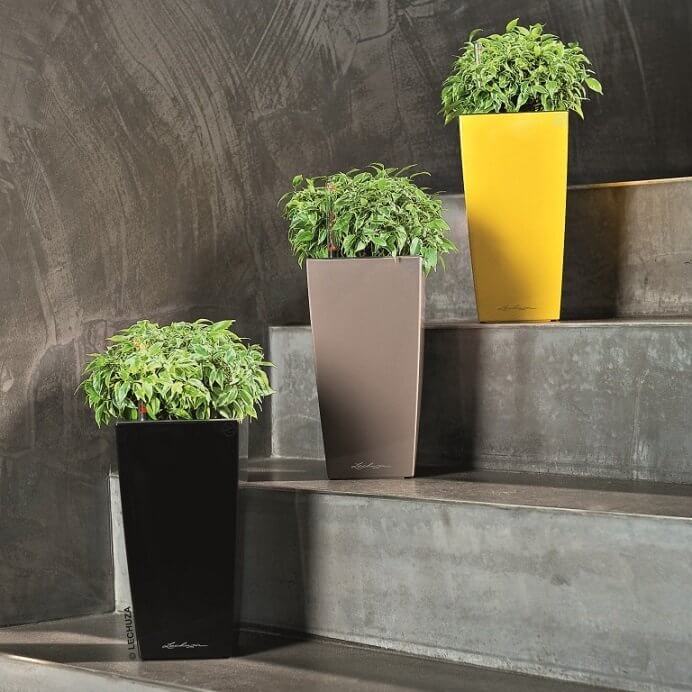
-1.backdrop.png)
